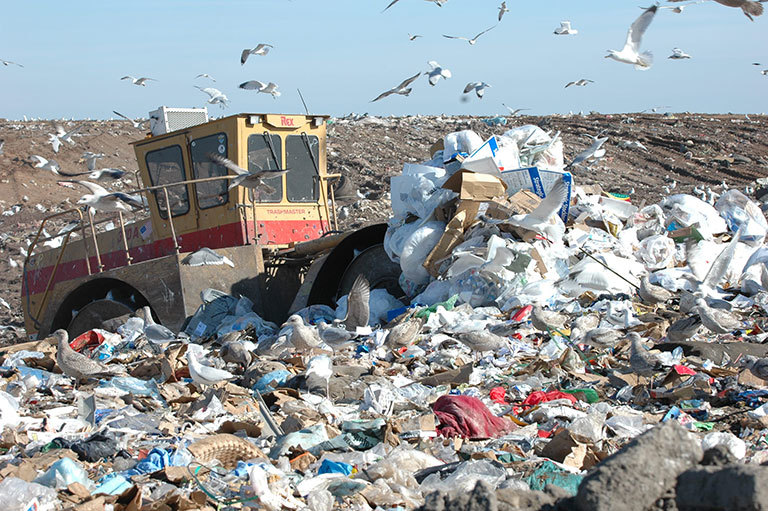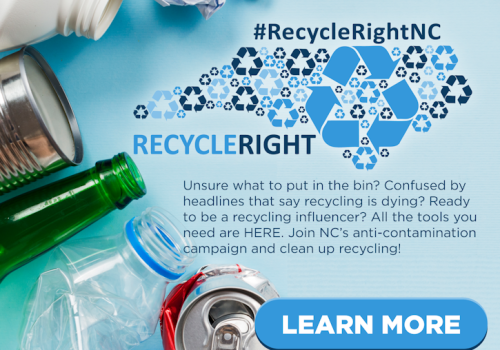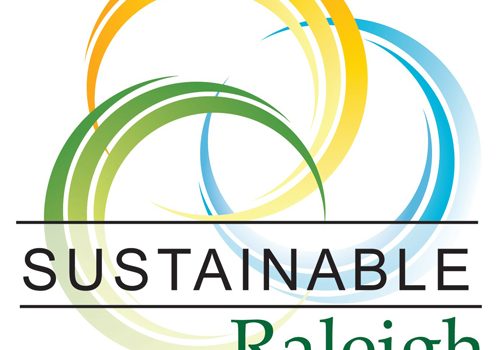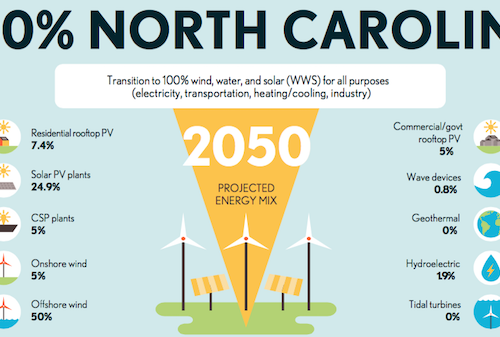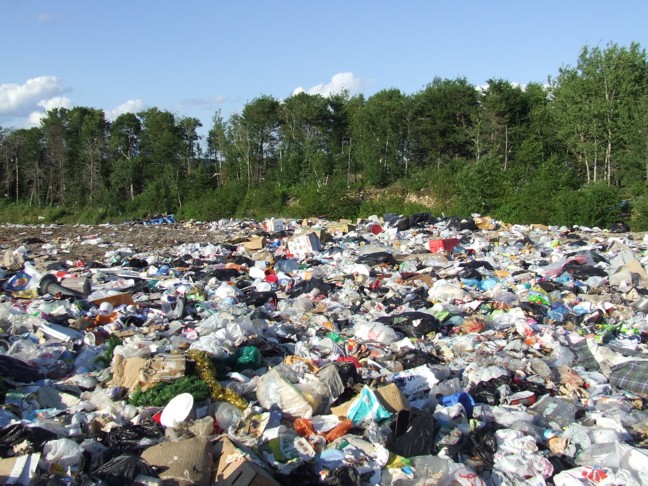What Is Landfills In North Carolina
Distribution Of Confinements
To dispose of waste, trucks bring it in, dump it, spread it out, and cover it with dirt. To make room for additional waste, the waste is continually compacted. As a cost-effective method of disposing of rubbish, they’ve had a negative impact on the local community. More than 1,000 landfills utilizes (active & closed) exist in North Carolina, according to the state’s Department of Environmental Quality.
Concentration Of The Problem
People living near landfills are compelled to deal with a wide range of challenges because of their location. Even if landfills are lined, groundwater or soil contamination are highly likely. As a result of the leachate, drinking water supplies as well as private wells are put at risk of contamination.
Trash trucks cause damage to the roads, spread pollution, and contribute to excessive noise because of their heavy traffic. Gases like carbon dioxide and methane, which are powerful greenhouse gases and contribute to global warming, are produced as waste decomposes in landfills. It’s also a magnet for rodents, birds, and flies, all of which carry diseases.
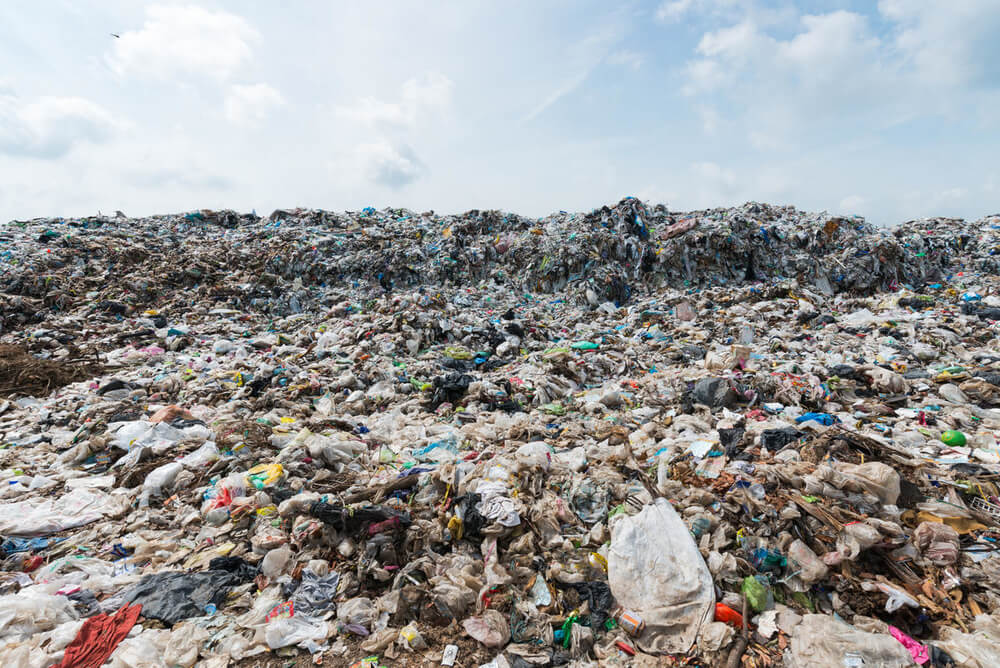
Landfills are concentrated in low-income and minority neighborhoods around the United States. Two NCEJN community partners, the Rogers-Eubanks Neighborhood Association in Orange County, NC, and the Royal Oak Concerned Citizen Association in Brunswick County, NC, both successfully fought environmental and racial injustices resulting from landfill siting in their neighborhoods.
Profit Concentration
Despite the fact that landfills are concentrated in low-income and minority communities, the waste management business and dump owners reap the financial rewards. People in afflicted communities lose land value, and their political strength decreases as a result.
Defeating The Odds
Communities have fought back, forming official groups, starting dialogues, organizing rallies, and even suing the waste management industry, proving that they are not powerless as is commonly assumed.
The Waste Management Act of 2007 was supported by NCEJN and a significant coalition of environmental advocates in 2006. This was the most significant revision to North Carolina’s solid waste rules in decades. Additional safeguards for natural resources included buffers among landfills and NWR, parks, or gamelands as well as measures requiring a permit refusal if a landfill would harm a community of color or a low-income community. These requirements were also included in the legislation. See Also Landfills.
After the law was established, environmental justice and conservation groups worked together to defend it in court against a lawsuit brought by the Region of North Carolina over its provisions. There were victories at every level of legal action taken against illegal landfills, and communities across California were encouraged by a clear message from the legislature that they could rely on.
Unfortunately, this time around, the Senate and House of Representatives were both hit with another onslaught against solid legislation in 2013. Among the many changes made by Senate Bill 328 was the elimination of buffer zones among landfills or natural resources. The same bill also eliminated protections from low-income neighborhoods and dramatically lowered protections for persons of color.

